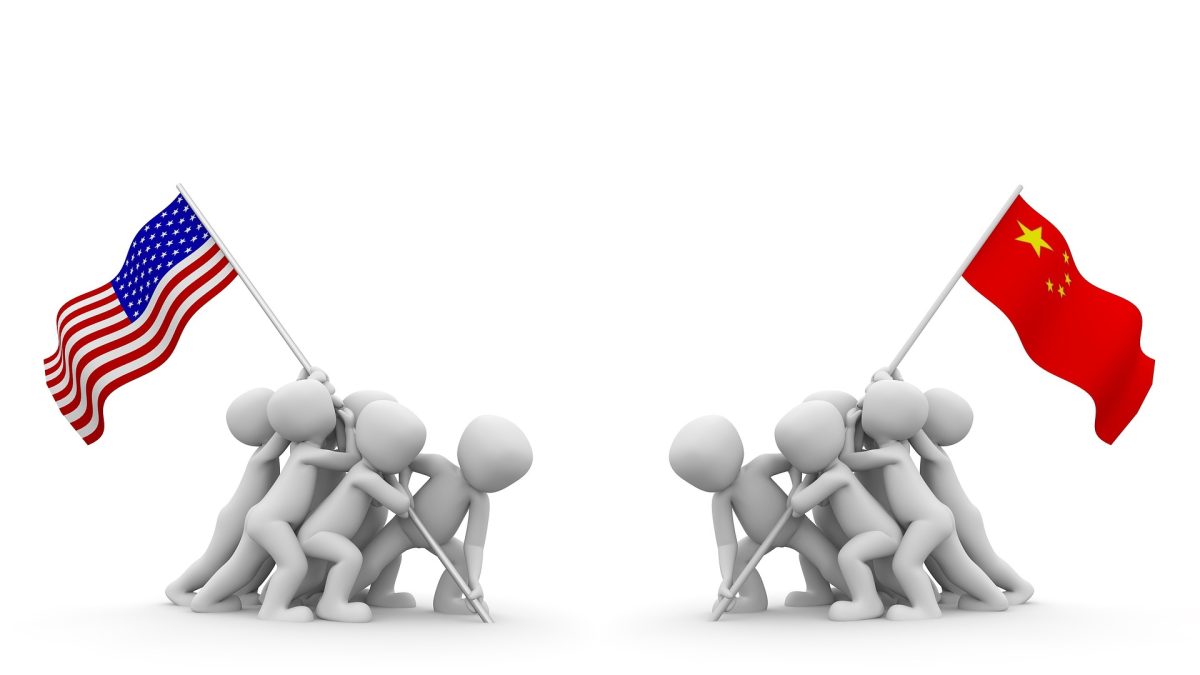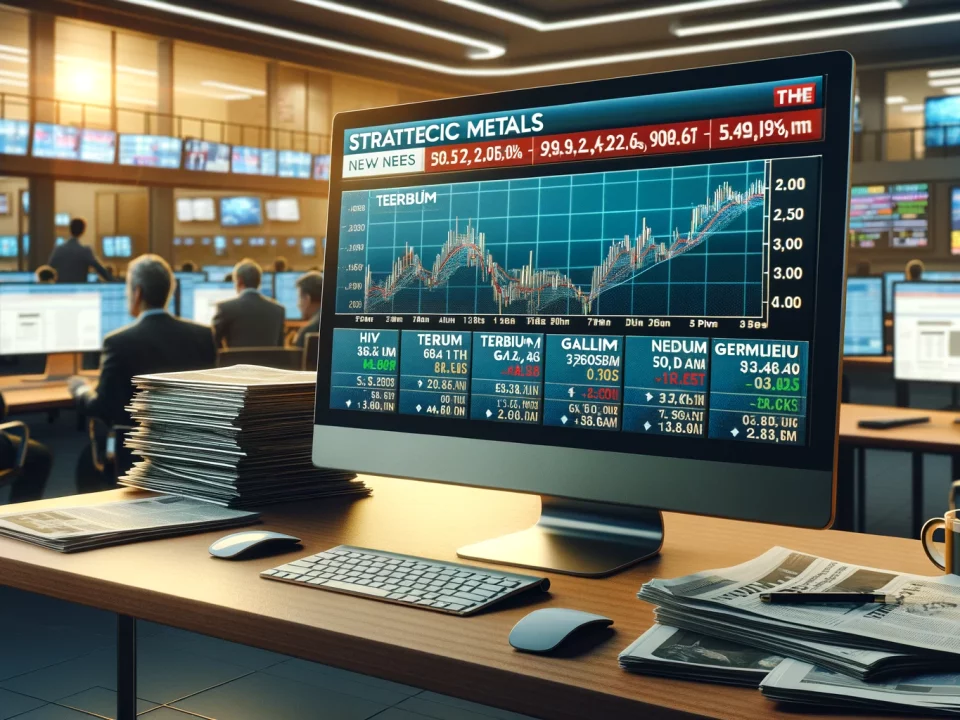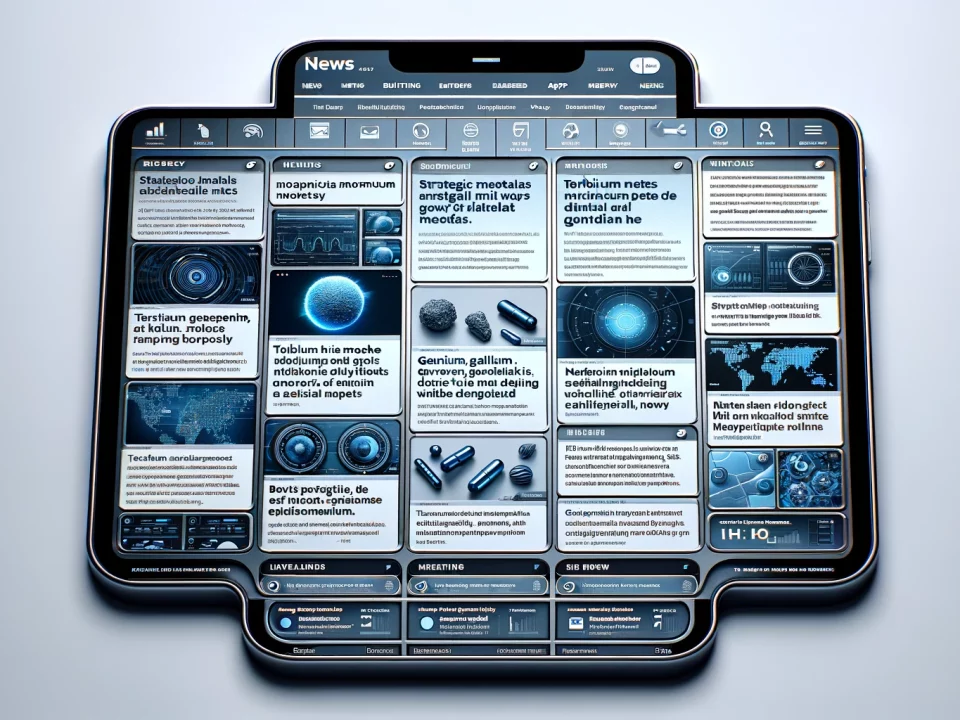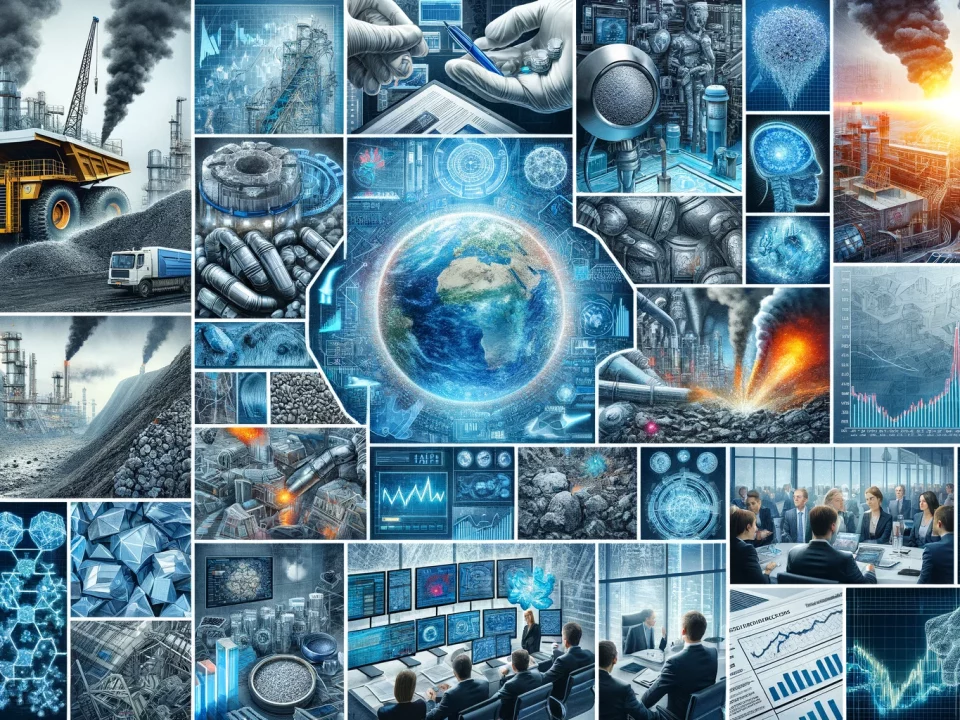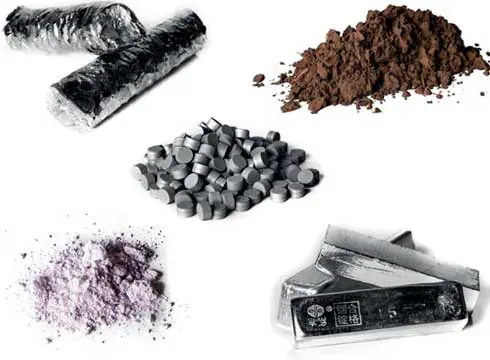
Strategic Metals – Quarterly Performance Report
April 27, 2023
China’s Ban on Gallium and Germanium Exports – Why You Should Care!
July 18, 2023The subject line for this blog post is a direct quotation from a recent article in the Guardian UK, written by John Naughton. We will provide the link to the entire piece at the bottom of our newsletter. It certainly makes for exciting reading.
We also wanted to expand here on how the political landscape is an ever-increasing factor in rare earth metal markets—issues such as alternative energies, trade wars, and subsidies significantly impact market dynamics and prices.
Many of these markets are not transparent because of the varying dynamics at play, which temporarily leads to high volatility. What’s interesting to note concerning strategic metals is that the volatility is always and only short-term. If you view the historical pricing on our website, you will see that as long as you hold strategic metals for the medium (3 – 5 years) to long-term (10 years), you will see excellent gains.
As an investor, you might see a raw material increase in value by 500% in 3 years, as we did with Terbium; you might also see 3 to 4 energy transition metals decrease in value by an average of 20% in 3 months as we saw this year. One might also see a metal increase in value by 180% in one year, like we saw last year with Hafnium.
However, what is as clear as day is if you purchased a diversified portfolio of all ten strategic metals we offered five years ago, then you would be sitting on gains of 170% today—an average of 34% year on year since 2018.
We want to inform you today that now has never been a better time to buy strategic metals as an asset class, and we will explain why. Our core business is we are an industry buyer and supplier. The offer to private investors is an addition to our core business.
On the industrial side, we are purchasing more metals than we ever have, as much as we can, for our inventory. We are stockpiling, as are corporations, nations, car manufacturers, discerning investors, and everybody else dialled into what’s happening.
What’s happening in the raw materials industry and, in particular, the “energy transition metals”, (which are the backbone of the global transition to low-carbon economies), is “things are heating up”. Pun intended.
Speaking purely from the perspective of an investor, my opinion on climate change is irrelevant. What’s relevant is that I can purchase, hold, and profit from the upstream raw materials that will ultimately become trillions of dollars in downstream GDP as we transition to low-carbon economies.
Now let’s talk about semiconductors and the crucial role the Taiwan Semiconductor Manufacturing Company plays in the global supply chain of silicon chips.
In the 1960s, Gordon Moore, the co-founder of Intel, an early chip manufacturer, noticed that every year the company could double the number of “transistors” it packed onto a given silicon area. And since computing power seemed to be correlated with chip density, he formulated Moore’s law, which indicated that computing power would double every two years – a compound annual growth rate of 41% -which explains why the A15 processor in any Apple iPhone ( has 15bn transistors) has vastly more computing power than the room-size IBM computer students used in the 1960s ad 70s.
Inescapably, then, computers need chips. But what that increasingly means is that nearly everything needs chips. How come? Because computers are embedded in almost every device we use. And not just in things that we regard as electronic. One of the things we learned during the pandemic was that cars and tractors need chips – simply because their engine-control units are small, purpose-built computers. Once Covid-19 hit car sales, semiconductor manufacturers switched their production lines to serve other – much more significant- customers. And then, as things started to return to normal in 2021, car manufacturers discovered that they had slipped to the back of the semiconductor queue – and their production lines ground to a halt, same for microwave cookers, washing machines, and refrigerators.
Making chips is a phenomenally demanding and expensive business. It requires enormous capital investment, extreme cleanliness and quality control levels and formidable expertise. Currently, most of those ingredients are concentrated in one organization – the Taiwan Semiconductor Manufacturing Company (TSMC), a silicon “foundry” – a contract manufacturer. In other words, it designs the chips for other organizations like Apple, Qualcomm, Arm, and Nvidia. And without TSMC, these corporations would have difficulty turning their leading-edge circuit designs into products.
In the decades when the West was still high on the globalization drug, the fact that things we relied on were manufactured elsewhere didn’t bother us. Apple could cheerfully boast that while its phones were designed in California, their processors were made in Taiwan and assembled in China. And the fact there was no alternative to TSMC in the West likewise seemed unproblematic.
But that was then, and this is now. We’re heading for cold war 2.0, writes John Naughton. Tensions between the US and China are manifest and increasing. The US has imposed a wide range of swinging export controls on tech products, including a measure to cut China off from semiconductor chips made with US tools anywhere in the world. The aim is to slow down Chinese progress towards high-end chip fabrication. At the same time, a genteel stampede is underway to build chip fabrication plants in the US and continental Europe. TSMC is even building one in Arizona, possibly lured by more than $50bn in incentives offered by the US government. But it won’t be ready for prime time for quite a while.
Underpinning all these developments is a geopolitical nightmare. Like the West, China lacks its own high-end chip fabrication capability, and TSMC is in Taiwan, which the Beijing regime considers part of the motherland – and just across a narrow body of water. As the economist put it, TSMC makes 84% of the most advanced chips, and “were production at TSMC to stop, so would the global electronics industry, at incalculable cost. The firm’s technology and know-how are perhaps a decade ahead of its rivals, and it will take many years of work before either America or China can hope to catch up.” In that editorial, the paper described Taiwan as: “The most dangerous place on Earth.”
In conclusion, for quite some time now, the EU and US have had rare earths listed as critical to all nations’ economic stability and increasing military capabilities; the EU even went so far as to say “rare earths” are fast becoming as important as oil and gas.
If you would like to learn more about purchasing and holding strategic metals as physical assets, don’t hesitate to get in touch with us.



